If Google is showing you this page directly, click here to go to the start of the article.
Audio Circuitry & FPGA-Master 2.0
The iBasso DX180 features an advanced audio architecture that differentiates it from other digital audio players (DAPs). The Quad DAC setup is at the heart of DX180’s implementation, which uses four Cirrus Logic CS43131 DAC chips. Each chip is dedicated to a specific audio channel, providing clean sound with minimal noise and optimal channel separation.
The brain of the DX180 is the FPGA Master 2.0 system controller. This controller is the key to orchestrating audio processing with precision. FPGA -Field Programmable Gate Array- technology allows complex digital signal processing algorithms to be implemented directly in hardware. This setup allows for more effective and immediate execution of tasks such as jitter reduction and digital filtering, exceeding the capabilities of standard software-based systems. FPGA Master 2.0 takes this to the next level by synchronizing the DAC clocks with two NDK-branded femtosecond oscillators. These oscillators play a critical role in minimizing timing errors that could otherwise affect sound quality, ensuring a clean and stable output.
The system is designed to maximize the capabilities of the Quad DAC array. This precise management helps significantly reduce digital artifacts such as jitter and discrete distortion, which are common in less advanced systems.
Another key function managed by the FPGA is the use of Finite Impulse Response, aka FIR filters. These filters are essential for fine-tuning the audio signal, selectively attenuating unwanted frequencies, and enhancing desired ones without introducing phase distortion. The technology also shows the innovative use of synchronous parallel output and FIR 2x modes, where multiple DAC outputs are cleverly aligned and delayed relative to each other to form a hardware-based analog FIR filter.
This setup not only averages the differences between outputs, minimizing distortion but also enhances the detail and clarity of the audio bitstream. So iBasso’s FPGA-Master 2.0 not only improves audio quality but also unlocks the CS43131 chip, pushing the limits of what can theoretically be achieved by the 43131. The DX180 has two FIR output options: Normal and 2X FIR. We will talk more about these in the audio section below.
The DX180 operates on a NON-SRC Android platform, which means that the system does not resample or upscale and keeps the original sample rate + bit depth of audio files during playback. All processes above would be in vain and it would be pointless to work on such a complex audio circuitry if the Android just kept resampling everything to 48khz. For those who do not know, typically, Android systems default to resampling all audio to 48kHz. This resampling process can significantly degrade audio quality by altering the original sample rate and bit depth of the files, which affects the fidelity and naturality of the sound. So yes, in a nutshell, the NON-SRC platform prevents quality degradation.
All in all, this is what a successful implementation looks like. iBasso is one of the first companies in the DAP sphere; they have been at it for over a decade. It is good to see an OG innovate.
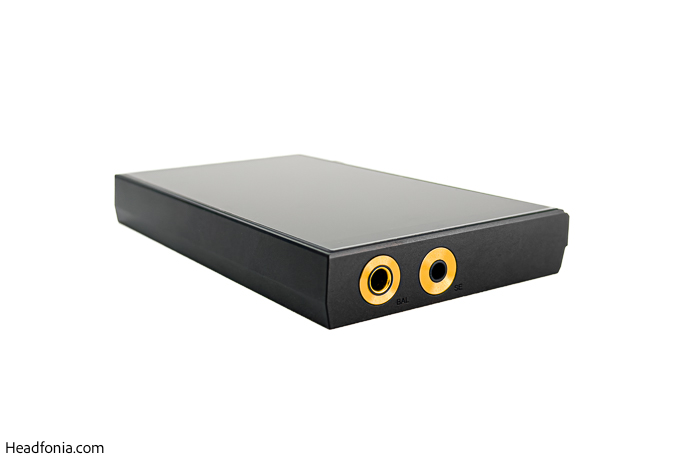
Software & User Experience
The iBasso DX180 runs on Android 13, providing a modern and user-friendly interface. If you’re accustomed to Apple’s operating systems, you’ll find the transition smooth, as the interfaces are quite similar. The device includes full support for the Google Play Store, which significantly simplifies the installation of third-party apps. Additionally, a couple of third-party application markets come pre-installed. iBasso’s Android environment is bloat-free; everything can be uninstalled without an issue. If you prefer a vanilla experience, you can even disable system apps. However, exercise caution and do your due diligence beforehand, as altering system apps can be a double-edged sword. Typically, I disable Google services and sideload my streaming apps via APKmirror to reduce CPU/RAM idle load. I used to do this with all my DAPs, especially Sony’s, but I didn’t feel the need for the DX180. It’s pretty snappy; I’ve downloaded various players, wallpaper apps, and launchers, the entire Android app shenanigans. The UI is responsive, apps load quickly, it reboots fast, and overall, it is impressively fast, which has been a pleasant surprise.
The UI on the DX180 is clean and intuitive, designed to enhance user interaction without overwhelming them with unnecessary complexity. There’s no app drawer; everything you install appears on the homepage and can be organized into folders, Android 13 style. The default control center is well-organized, providing quick access to various functions and settings, including output modes, digital filters, FIR modes, and gain modes, all of which can be customized so nearly everything you need audio-wise is just two taps away. Navigation is smooth, thanks to the Snapdragon 665 processor, which ensures quick response times and a lag-free experience, even when multitasking or running high-demand apps. Swiping left brings you to the Mango hub, where iBasso has placed a Mango Player widget and another widget row for toggling gapless playback, setting gain levels, changing filters, adjusting the play mode, and turning on the USB-DAC feature.
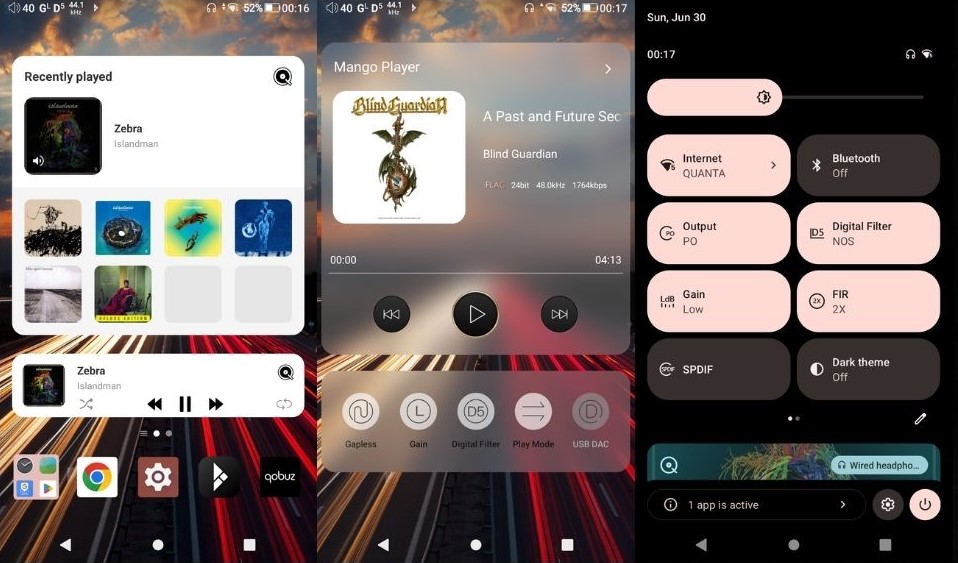 Mango Player
Mango Player
The DX180 includes iBasso’s proprietary Mango Player. Although Mango Player offers a dedicated interface with advanced audio settings, it was not as user-friendly as I had hoped. Finding certain features can be cumbersome, UI-wise. I discovered that swiping from left to right changes how the player displays the album/artist list-grid, but it does not remember the preferred setting. In my opinion, the UI is a bit confusing and cumbersome. For those who share the same thoughts, I suggest exploring alternative players like UAPP, Neutron, Poweramp, and GoneMAD.
Battery Life
In one word: excellent. The DX180 has an impressive battery life. According to the specs, its 3200 mAh battery can deliver up to 15.5 hours of playback time, depending on usage patterns and output settings. I achieved a whopping 17 hours of playback with Symphonium Crimson on low gain, using the 4.4 output with FIR 2X and volume set at 40. I’m madly impressed!
The device supports PD 3.0 and Quick Charge 3.0 protocols, facilitating fast charging from zero to full in just about 90 minutes, with 0 to 80% taking only one hour. Additionally, iBasso impressed me once more by implementing an 80 percent battery limiter. It’s called Battery Saver and is designed to reduce battery aging, as charging from 80% to 100% or leaving it on charge for extended periods can severely damage battery cells compared to lower-range fills. This feature is excellent, and I turned it on as soon as I saw it. I have an iPhone 14 PMX that is at 295 cycles and still shows 100% battery health (checking via coconutbattery on mac), so trust me when I tell you this feature is fantastic! Thanks, iBasso, and I hope other manufacturers follow suit soon.
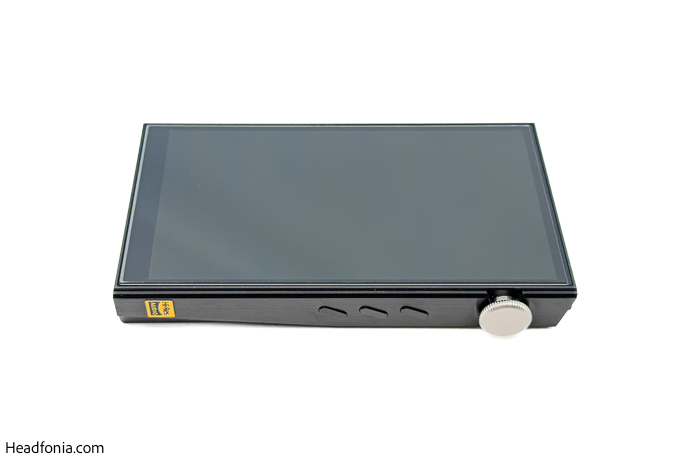
Bluetooth and WiFi Performance
The iBasso DX180 is equipped with a Bluetooth 5.0 chipset and supports high-resolution audio codecs such as LDAC. During my testing, the Noble Triumph TWS delivered exceptional sound quality when connected to the DX180. This superior audio performance is likely due to the player’s ability to utilize LDAC’s higher bandwidth or good audio pcb isolation, which I presume provides a notable improvement over the phones with LDAC. The Bluetooth connection is stable, maintaining a consistent and reliable connection without frequent dropouts or interruptions. The range is also quite impressive compared to my Android 14 phone.
The DX180’s WiFi performance is good but not as good as some competitors. Its WiFi range is slightly worse than Sony’s WM1AM2 but similar to the Shanling M3U and FiiO M11 Plus. The DX180 supports both 2.4 GHz and 5 GHz networks. The WiFi range is limited, but I achieved about 80% of my network’s speed, which is more than sufficient for my primary use case, streaming.
The review continues on Page Three, after the click HERE or by using the jump below.
Page 1: iBasso, DX180 DAP, Packaging & Accessories, Design & Build Quality, iBasso Cares
Page 2: Audio Circuitry & FPGA-Master 2.0, Software & User Experience, Mango Player, Battery Life, Bluetooth and WiFi Performance
Page 3: iBasso DX180 Sound Impressions, Technical Capability, Pairing with the D16, Comparison, Last Words






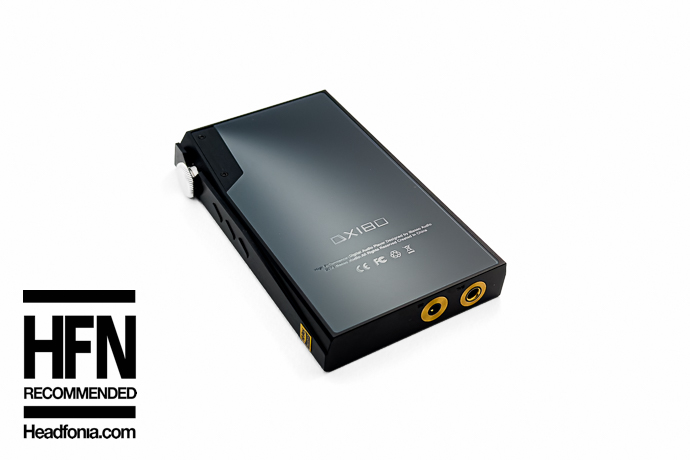
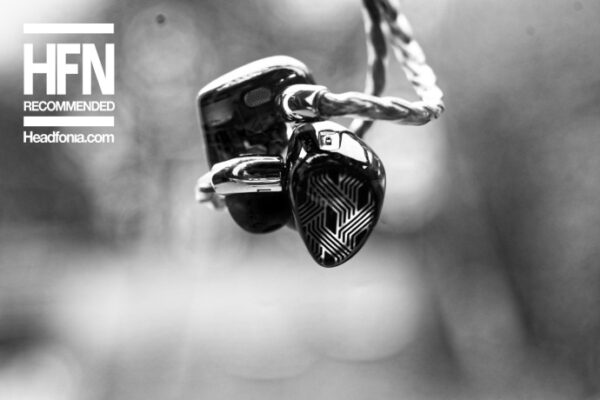

Don
What digital filter did you use/prefer? Did you notice a difference between filters?
Thank you.
Yagiz
Hi Don,
Yes, there are differences between the filters. I have used the D3 and D5 filters extensively. I prefer the D3 when I want sharper note definition, sharper/faster transients, and faster attack-decay.
I also like the D5/non-oversampling, which to my ears sounds the most natural and effortless of the five. The filter effect is minor, but definitely perceptible.